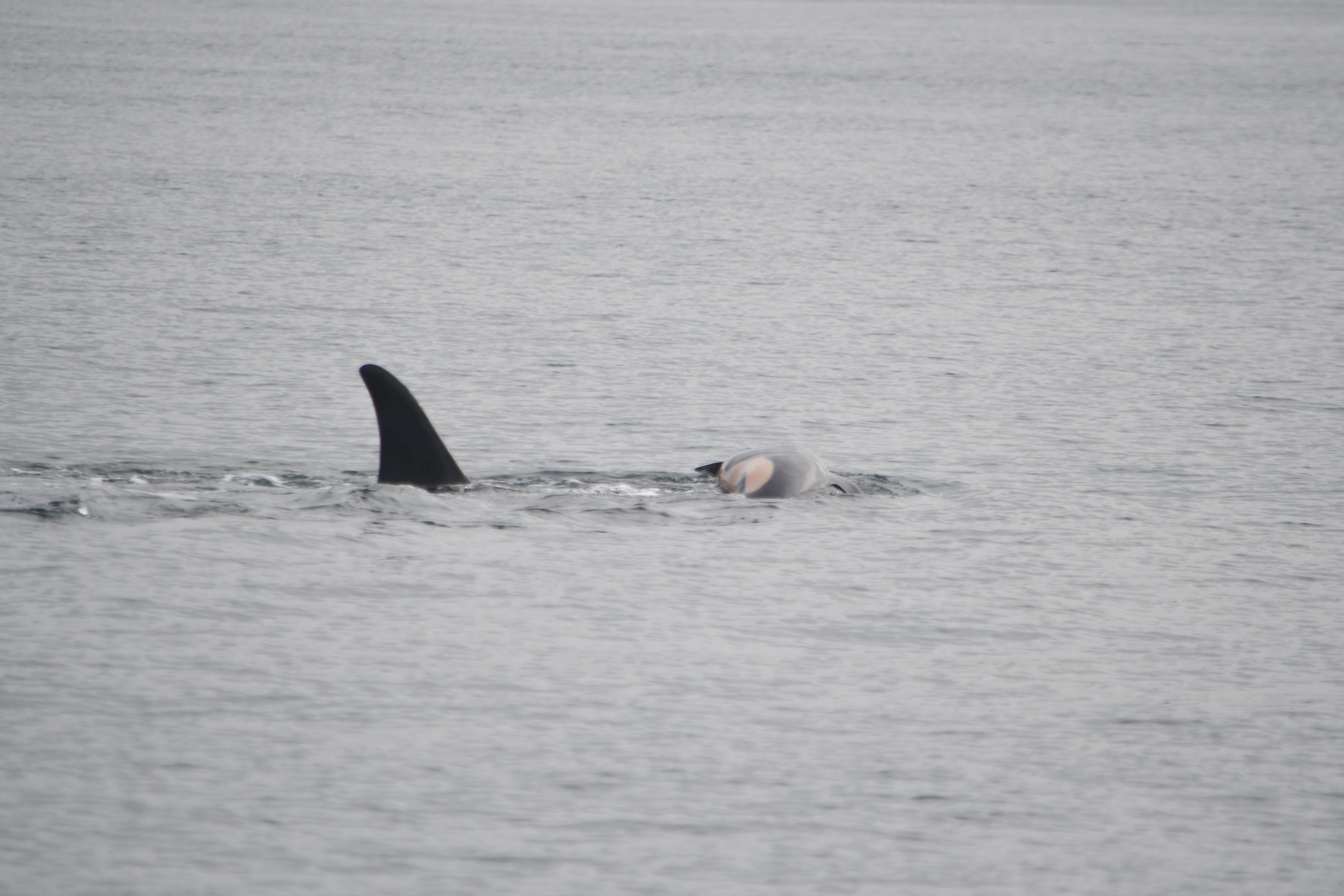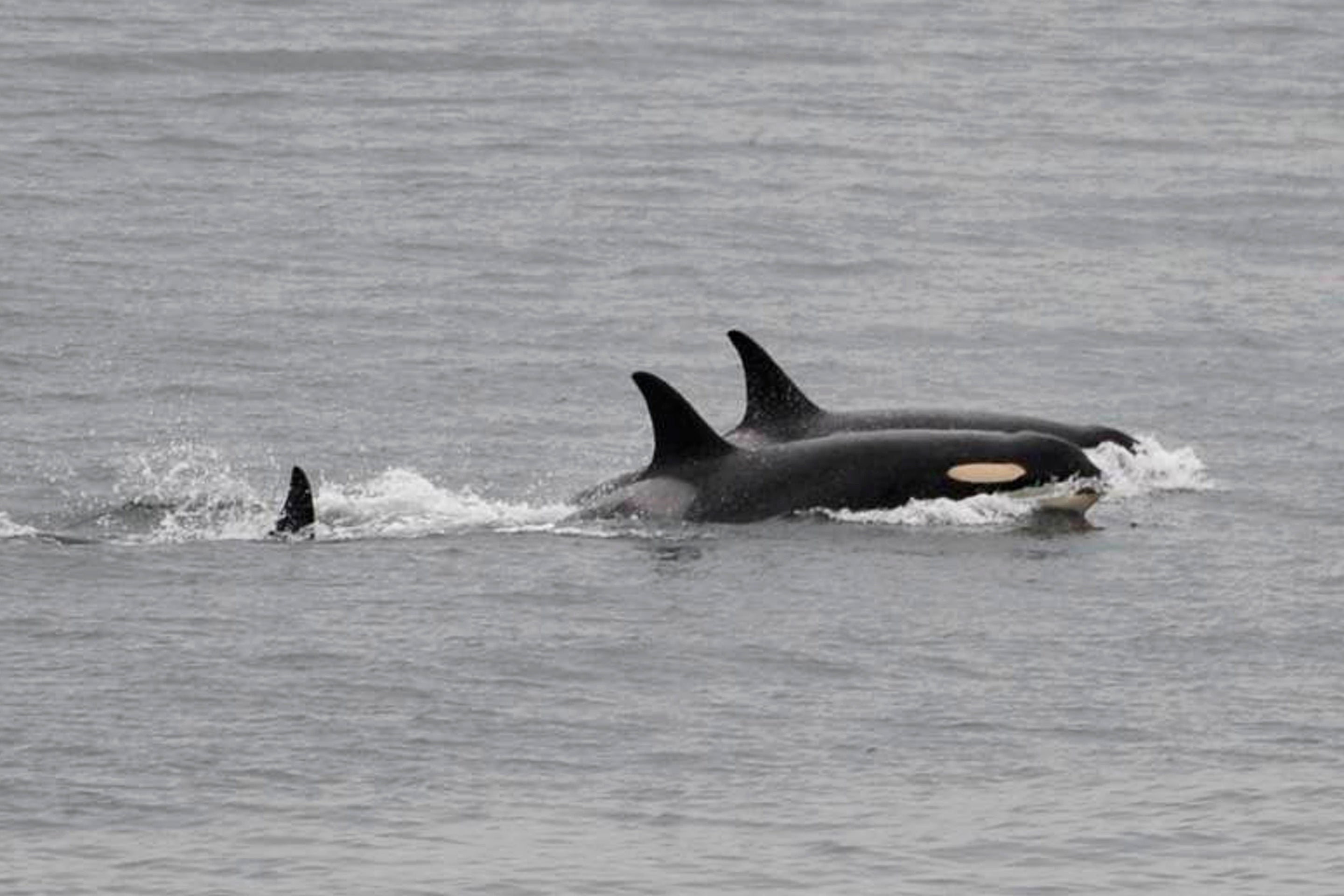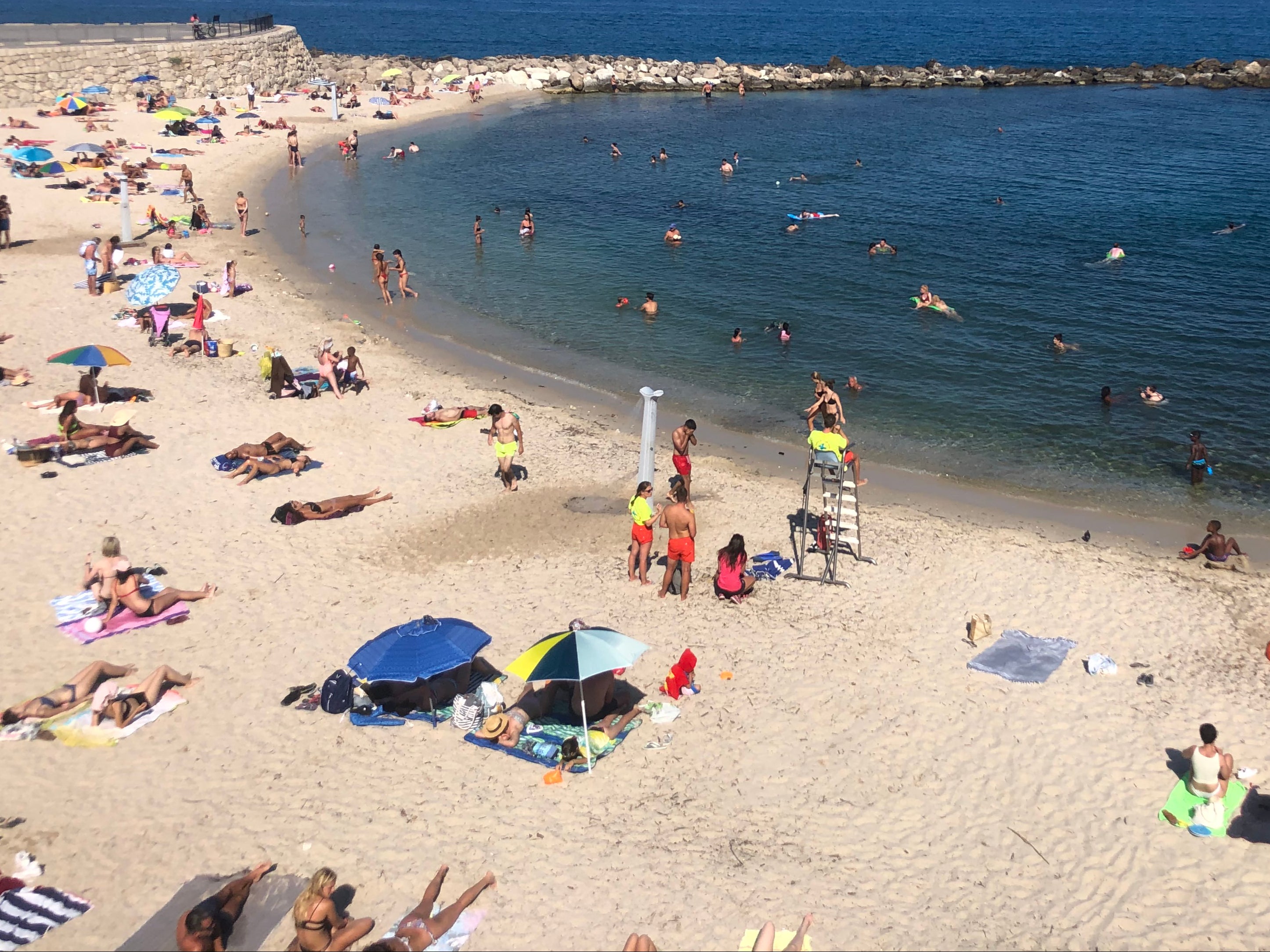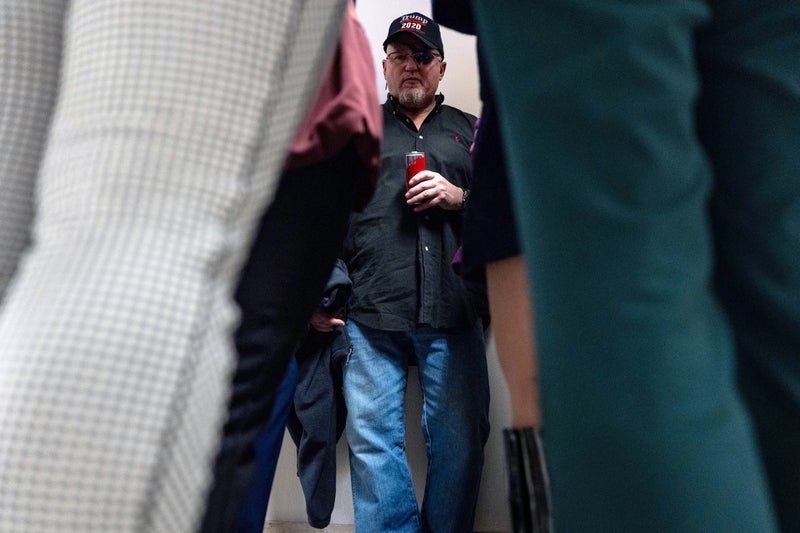Grieving killer whale who carried calf’s body spotted again with dead baby
Share:
Experts say sighting of orca in Puget Sound with second deceased calf is ‘devastating’ for ailing population. An apparently grieving killer whale who swam more than 1,000 miles pushing the body of her dead newborn has lost another calf and is again carrying the body, a development researchers say is a “devastating” loss for the ailing population.
![[Orcas swim in sea]](https://i.guim.co.uk/img/media/b30bd2243939d47b3c505a01672d59ae75245a2a/0_135_4041_2424/master/4041.jpg?width=445&dpr=1&s=none&crop=none)
The Washington state-based Center for Whale Research said the orca, known as Tahlequah, or J35, was spotted in the Puget Sound area with her deceased calf. Tahlequah is a member of the critically endangered southern resident killer whale population, an ecotype experts fear is on track for extirpation from the Pacific coast.
The whale previously made headlines in 2018 when she pushed the body of her calf around the Salish Sea for 17 days in an apparent act of grieving. She has now lost two of her documented calves, both of which were female. Her first calf was born 14 years ago and is still alive. Her third was born in 2020 and is also healthy.
Researchers were initially optimistic about Tahlequah’s newest calf, known as J61, but soon suspected the newborn was suffering health problems. “Early life is always dangerous for new calves, with a very high mortality rate in the first year. J35 is an experienced mother, and we hope that she is able to keep J61 alive through these difficult early days,” the centre wrote on 23 December.
The sudden death has left the team “deeply saddened”. “The death of any calf in the [endangered southern resident population] is a tremendous loss, but the death of J61 is particularly devastating, not just because she was a female, who could have one day potentially led her own matriline but also given the history of her mother J35 who has now lost two out of four documented calves – both of which were female,” the centre wrote.






















